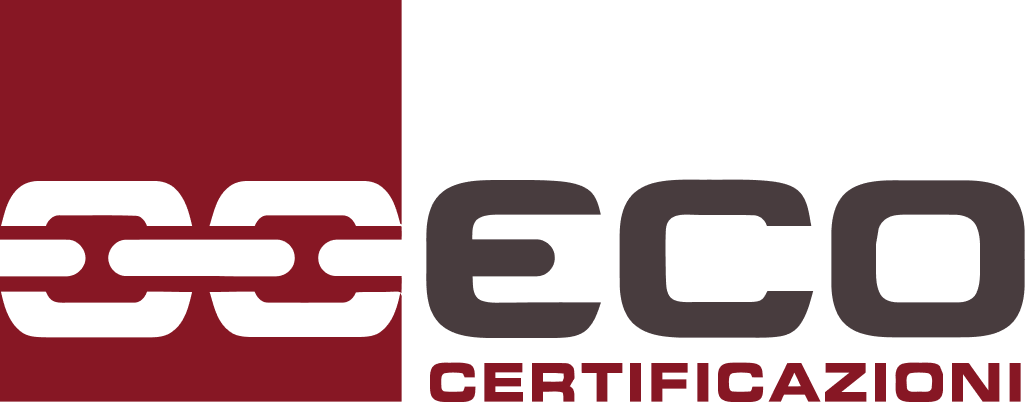Safety Integrity Level (SIL)
When the functionality of an element within a system can affect its safety, primary safety is no longer sufficient; functional safety must be ensured. Rapid technological development has led to an exponential increase in the use of automated systems within production processes, which are charged with the task of ensuring the safety and reliability of machinery and systems. This leads to the need of standards, based on wich one can define the Safety Integrity Level of machinery and systems. This helps companies to understand if there are any risks for their workers, and make sure everything is safe.
SAFETY INTEGRITY LEVEL DEFINITION
Activities for the Safety Integrity Level (SIL) design, definition and verification phases:
- Machinery analysis to identify safety functions
- Evaluation and analysis of the required SIL based on identification of the risks
- Design of security functions
- Functional and reliability block diagrams (FBD, RBD)
- Support for machinery software design
- Safety Integrity Level verification of safety functions according to IEC 61508, IEC 61511
- Validation and in-use tests of the safety functions
- Tool Used: EXIDA EX-SILENTIA SOFTWARE IEC 61508, IEC 61511
HOW DOES ECO WORK?
ECO Certifications carries out the verification of the safety-related parts of the control system. This is a voluntary modular service structured in phases that was created to accompany machine manufacturers from the definition of the safety functions and deriving from the ‘risk analysis of the machine, then moving on to the definition of the functional diagrams (Functional Block Diagram, FBD and Reliability Block Diagram, RBD), through to the evaluation of the required functional safety parameters and the associated level of reliability (SIL/PL required), and finally to the verification of the correct design through the evaluation of the analyzed reliability parameters (SIL/PL verification), including the drafting of the relevant manual sections (Manuals for Safety Loops).

